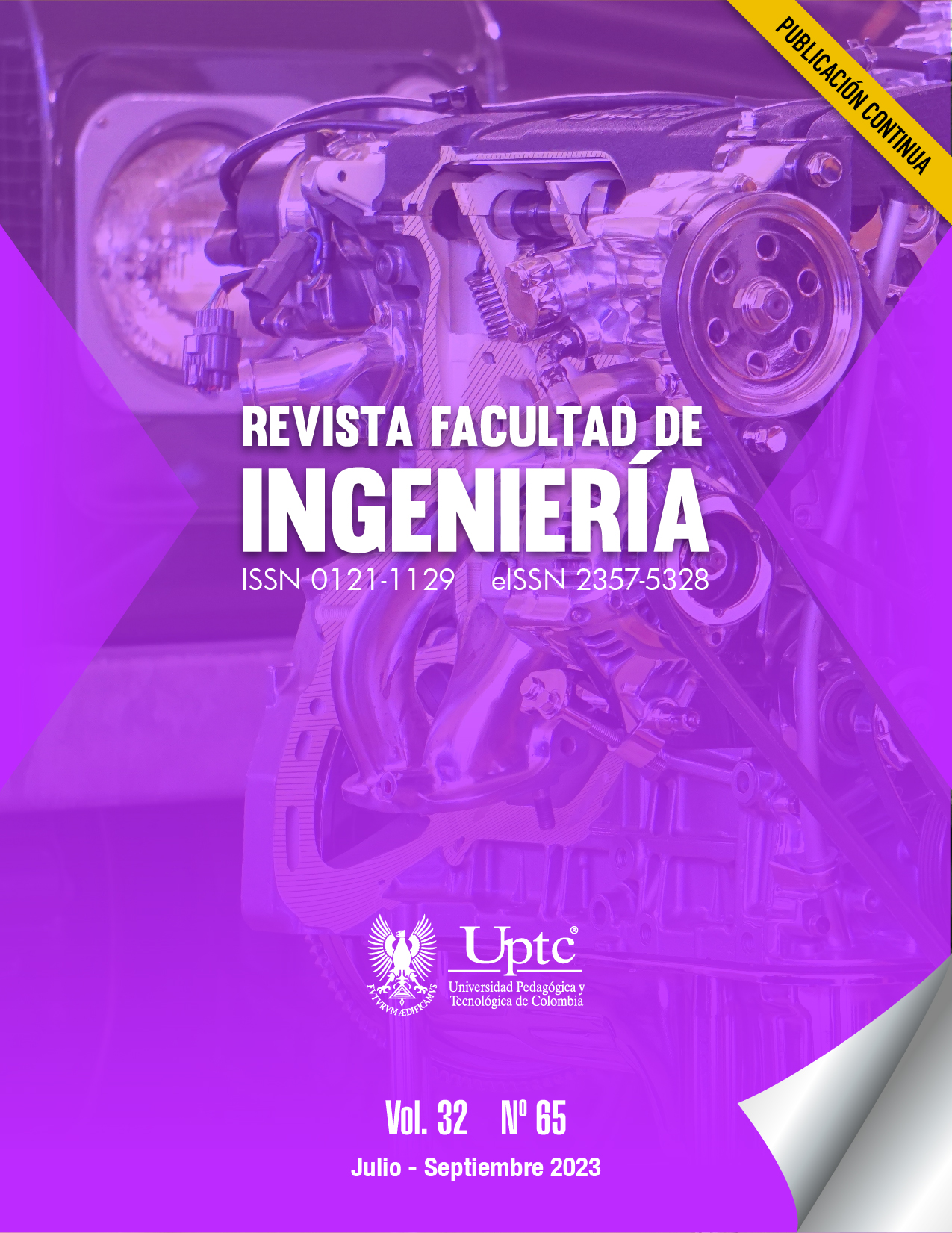Kahn's Data Quality Categories for Prescription delivery and Medical Appointment Assignment Reports

Abstract
In the health sector, the reports on delivery of prescriptions and the assignment of medical appointments are generated by the Health Service Provider Institutions and delivered to the Health Service Promoting Entities. These reports usually have an incoherent structure; inconsistencies in the format; non-existent, incomplete, or non-standardized data. These problems affect data quality and hinder the reliability of the information. To address this, it is proposed to adapt Kahn's data quality categories, to these reports, considering that the health sector accepts them categories and contemplates not only the structure and domain of the data but also its completeness and plausibility (credibility). This research followed the methodology of Pratt’s Iterative Research Pattern, studies related to the subject were observed, and the attributes of prescription delivery and appointment assignment were analyzed to understand the problem and its implications in detail. We then adapted the data quality categories proposed by Kahn, taking into account the problems identified in these reports. Subsequently, a group of health experts evaluated the proposed adaptation using the focus group technique. The results, according to their perception, showed that the prescription delivery report obtained 66.7% in the “Completely Agree” category and 33.3% in the “Agree” category; medical appointment assignment had 73.3% in “Completely Agree” and 26.7% in “Agree”, according to the Likert scale. In conclusion, this research contributes to strengthening the data quality of these reports by providing guidelines to improve the reliability of the information.
Keywords
Data quality, Data quality categories, Drug delivery, Medical appointment scheduling, Conformance, Completeness, Plausibility, Health regulatory reporting
Author Biography
Salvador Garcia-Lopez
Catedrático de Universidad en Universidad de Granada
References
- T. Dai, H. Hu, Y. Wan, Q. Chen, Y. Wang, “A data quality management and control framework and model for health decision support,” in 12th International Conference on Fuzzy Systems and Knowledge Discovery, Zhangjiajie, China, 2015, pp. 1792–1796. https://doi.org/10.1109/FSKD.2015.7382218
- INVIMA, ABC Seguridad en el uso de medicamentos, 2014. https://www.minsalud.gov.co/sites/rid/Lists/BibliotecaDigital/RIDE/DE/CA/seguridad-en-la-utilizacion-de-medicamentos.pdf
- N. Duque, E. Hernández, Á. Pérez, A. Arroyave, D. Espinosa, “Modelo para el proceso de extracción, transformación y carga en bodegas de datos. Una aplicación con datos ambientales,” Ciencia e Ingeniería Neogranadina, vol. 26, no. 2, pp. 95–109, May 2016. https://doi.org/10.18359/rcin.1799
- I. Homayouni, H. Ghosh, S. Ray, “An Approach for Testing the Extract-Transform-Load Process in Data Warehouse Systems,” IEEE International Symposium on Software Reliability Engineering Workshops, Memphis, TN, USA, pp. 158–161, Oct. 2018. https://doi.org/10.1109/ISSREW.2018.000-6
- V. C. Pezoulas et al., “Medical data quality assessment: On the development of an automated framework for medical data curation,” Computers in Biology and Medicine, vol. 107, pp. 270–283, 2019. https://doi.org/10.1016/j.compbiomed.2019.03.001
- H. G. Kahn, G. Michael, T. J. Callahan, J. Barnard, A. Bauck, J. Brown, B. N. Davidson, “Harmonized Data Quality Assessment Terminology and Framework for the Secondary Use of Electronic Health Record Data,” eGEMs, vol. 4, no. 1, e1244, Sep. 2016. https://doi.org/10.13063/2327-9214.1244
- K. E. Lynch et al., “Incrementally Transforming Electronic Medical Records into the Observational Medical Outcomes Partnership Common Data Model: A Multidimensional Quality Assurance Approach,” Applied Clinical Informatics, vol. 10, no. 5, pp. 794–803, 2019. https://doi.org/10.1055/s-0039-1697598
- H. Spengler, I. Gatz, F. Kohlmayer, K. A. Kuhn, F. Prasser, “Improving Data Quality in Medical Research: A Monitoring Architecture for Clinical and Translational Data Warehouses,” in IEEE 33rd International Symposium on Computer-Based Medical Systems, Rochester, USA, Jul. 2020, pp. 415–420. https://doi.org/10.1109/CBMS49503.2020.00085
- L. G. Qualls et al., “Evaluating Foundational Data Quality in the National Patient-Centered Clinical Research Network (PCORnet®),” EGEMS (Wash DC), vol. 6, no. 1, e3, Apr. 2018. https://doi.org/10.5334/egems.199
- M. Petersen, K. Feldt, R. Shahid, M. Mattsson, “Systematic mapping studies in software engineering,” in Proceedings of the 12th international conference on Evaluation and Assessment in Software Engineering, Italy, pp. 68–77, 2008.
- B. Kitchenham, P. Brereton, D. Budgen, M. Turner, J. Bailey, S. Linkman, “Systematic literature reviews in software engineering – A systematic literature review,” Information and Software Technology, vol. 51, no. 1, pp. 7-15, 2009. https://doi.org/10.1016/j.infsof.2008.09.009
- K. Pratt, Design Patterns for Research Methods: Iterative Field Research, 2009. http://www.kpratt.net/wp-content/uploads/2009/01/research_methods.pdf
- Ministerio de Salud y Protección Social, Resolución 1604 de 2013, 2013. https://www.minsalud.gov.co/sites/rid/Lists/BibliotecaDigital/RIDE/DE/DIJ/resolucion-1604-de-2013.pdf
- Ministerio de Salud y Protección Social, Resolución 1552 de 2013,” 2013. https://www.minsalud.gov.co/sites/rid/Lists/BibliotecaDigital/RIDE/DE/DIJ/resolucion-1552-de-2013.pdf